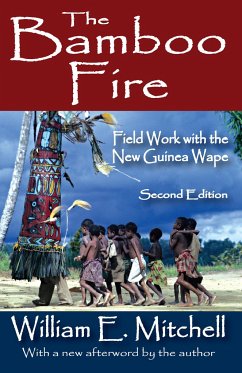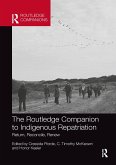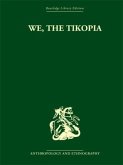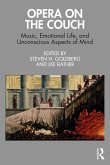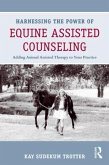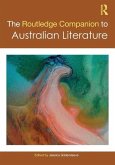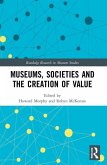Anthropology is primarily done in the field, unlike the laboratory oriented experimental sciences. Experimental sciences make their observations in constructed settings that permit variables influencing the outcome of the experiment to be known and controlled. In contrast, anthropology's object of inquiry, like the science of ethology is life experience in its natural setting. To understand how people organize their lives both in thought and in action, one must settle among them for a very long time.
The Wape of Papua New Guinea inhabit a mountainous rain forest and live in sedentary villages. They are slash and burn horticulturalists. marriage is by bride wealth and polygyny is permitted but rare. Male status is egalitarian and, although the society is hierarchical in terms of sex and age differences, both women and the young enjoy higher status than in many other New Guinea societies. While most Wape are nominal Christians, traditional religious beliefs and practicesare of major importance.
This book concentrates on describing the field work process by giving the reader a feeling of the reflexive nature of this experience. It demonstrate not only how the anthropologist proceeds in her or his work, but describes the social and psychological context in which that work evolves and how anthropologists respond to it both within oneself and in communication with others. While it is a book about the Wape people it is also a book about how one anthropologist tried to understand them. It integrates the subjective and objective into a common research method. Related to the book, the author has published a film, Magical Curing, and a CD, The Living Dead and Dying: Music of the New Guinea Wape.
The Wape of Papua New Guinea inhabit a mountainous rain forest and live in sedentary villages. They are slash and burn horticulturalists. marriage is by bride wealth and polygyny is permitted but rare. Male status is egalitarian and, although the society is hierarchical in terms of sex and age differences, both women and the young enjoy higher status than in many other New Guinea societies. While most Wape are nominal Christians, traditional religious beliefs and practicesare of major importance.
This book concentrates on describing the field work process by giving the reader a feeling of the reflexive nature of this experience. It demonstrate not only how the anthropologist proceeds in her or his work, but describes the social and psychological context in which that work evolves and how anthropologists respond to it both within oneself and in communication with others. While it is a book about the Wape people it is also a book about how one anthropologist tried to understand them. It integrates the subjective and objective into a common research method. Related to the book, the author has published a film, Magical Curing, and a CD, The Living Dead and Dying: Music of the New Guinea Wape.

